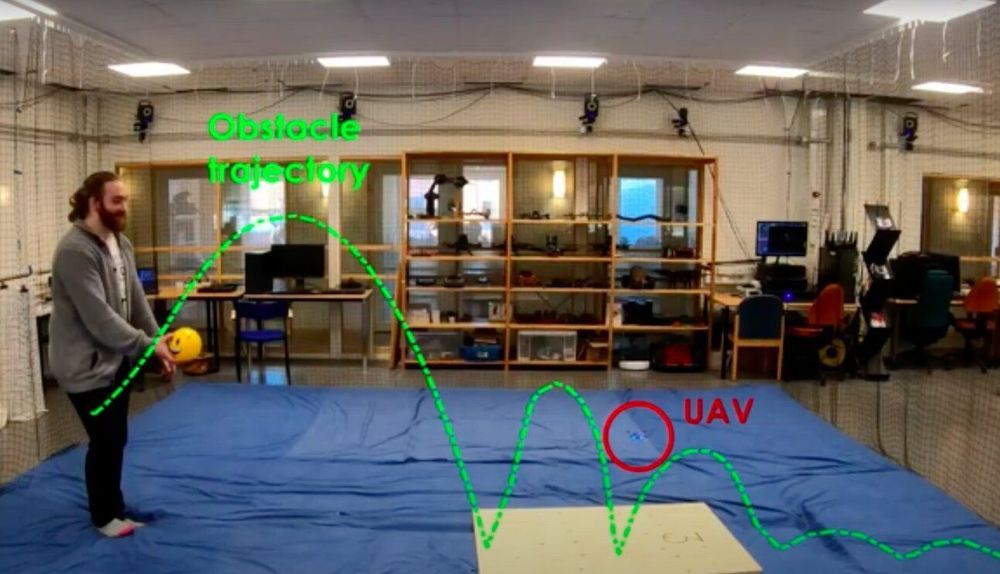Autonomous unmanned aerial vehicles (UAVs) have shown great potential for a wide range of applications, including automated package delivery and the monitoring of large geographical areas. To complete missions in real-world environments, however, UAVs need to be able to navigate efficiently and avoid obstacles in their surroundings.
Researchers at Luleå University of Technology in Sweden and California Institute of Technology have recently developed a nonlinear model predictive control (NMPC)-based computational technique that could provide UAVs with better navigation and obstacle avoidance capabilities. The NMPC approach they used, presented in a paper published in IEEE Robotics and Automation Letters, is based on the structure of OpEn (Optimization Engine), a parametric optimization software developed by Dr. Pantelis Sopasakis at Queen’s University Belfast.
“Our team has previously published several works on autonomous obstacle avoidance and navigation for UAVs,” Björn Lindqvist, one of the researchers who carried out the study, told TechXplore. “In our recent study, we set out to extend the notion of obstacle avoidance to include a direct consideration of moving or dynamic obstacles, using NMPC. Our objective was to offer a technical demonstration of how modern and intelligent control structures could allow UAVs to be used in, for example, urban environments where the surroundings are always moving and where collision avoidance is of great importance to ensure the safety of persons and other vehicles.”









Comments are closed.